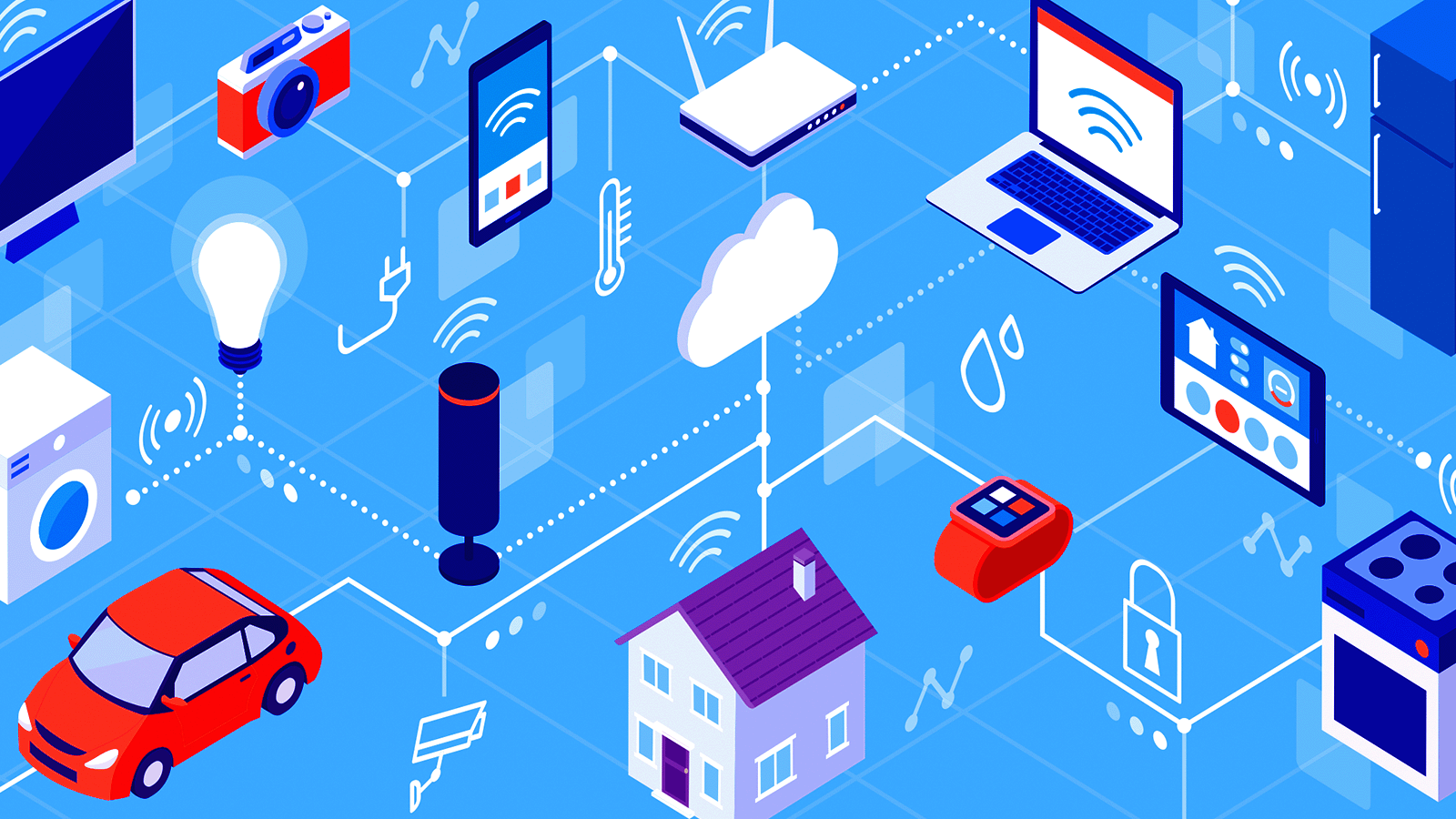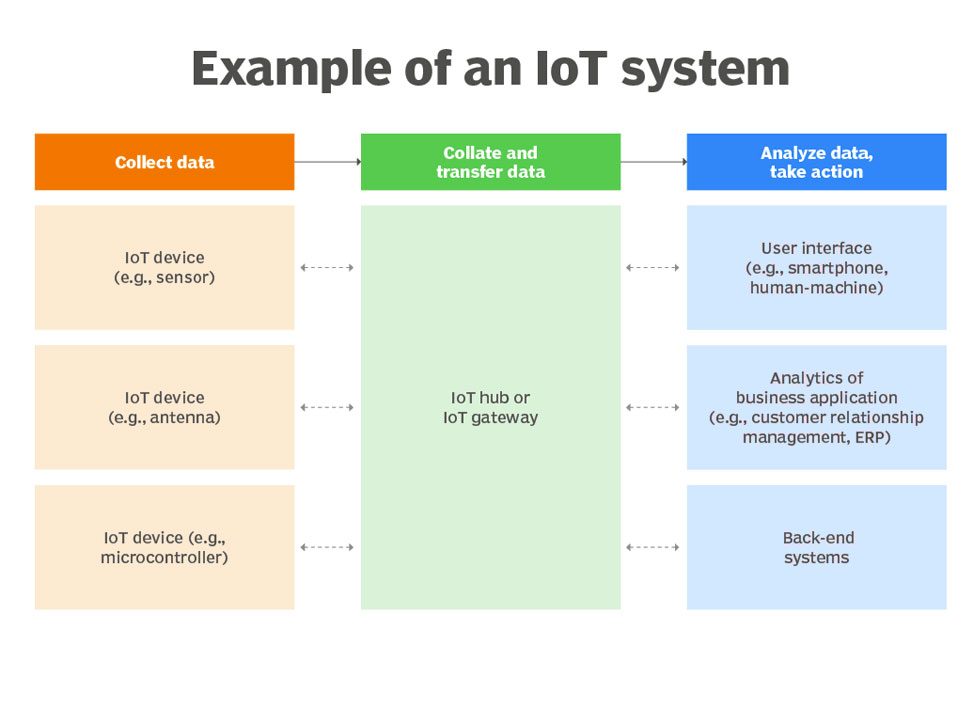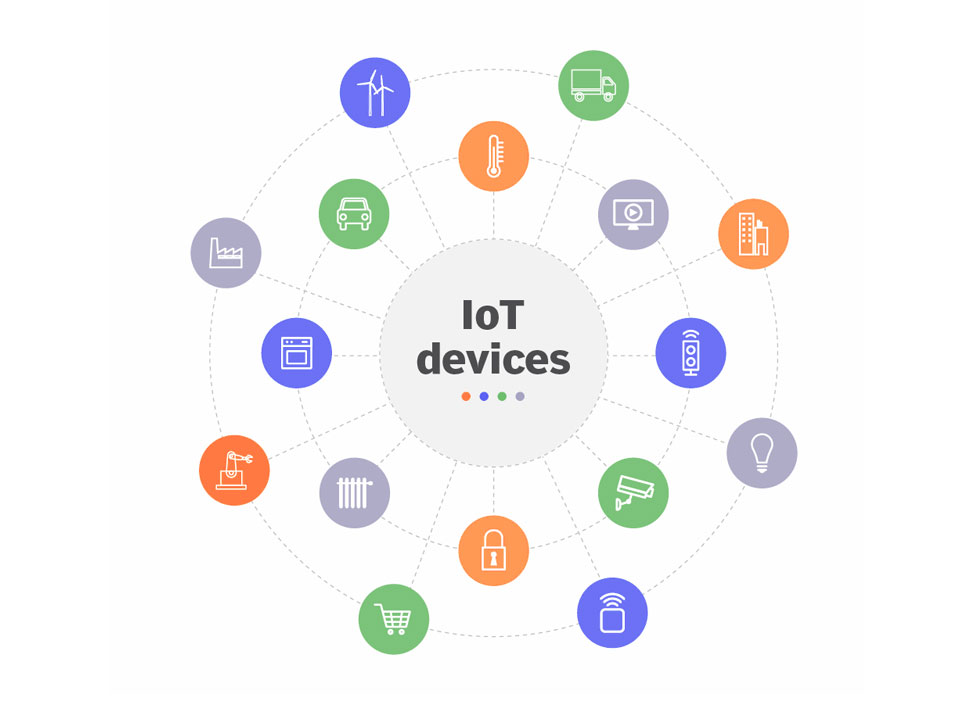Internet of Things (IoT)

Everything connected. Everywhere.
The term IoT, or Internet of Things, refers to the collective network of connected devices and the technology that facilitates communication between devices and the cloud, as well as between the devices themselves. Thanks to the advent of inexpensive computer chips and high bandwidth telecommunication, we now have billions of devices connected to the internet. This means everyday devices like toothbrushes, vacuums, cars, and machines can use sensors to collect data and respond intelligently to users.
The Internet of Things integrates everyday “things” with the internet. Computer Engineers have been adding sensors and processors to everyday objects since the 90s. However, progress was initially slow because the chips were big and bulky. Low power computer chips called RFID tags were first used to track expensive equipment. As computing devices shrank in size, these chips also became smaller, faster, and smarter over time.
The cost of integrating computing power into small objects has now dropped considerably. For example, you can add connectivity with Alexa voice services capabilities to MCUs with less than 1MB embedded RAM, such as for light switches. A whole industry has sprung up with a focus on filling our homes, businesses, and offices with IoT devices. These smart objects can automatically transmit data to and from the Internet. All these “invisible computing devices” and the technology associated with them are collectively referred to as the Internet of Things.


How does IoT work?
A typical IoT system works through the real-time collection and exchange of data. An IoT system has three components:
Smart devices
This is a device, like a television, security camera, or exercise equipment that has been given computing capabilities. It collects data from its environment, user inputs, or usage patterns and communicates data over the internet to and from its IoT application.
IoT application
An IoT application is a collection of services and software that integrates data received from various IoT devices. It uses machine learning or artificial intelligence (AI) technology to analyze this data and make informed decisions. These decisions are communicated back to the IoT device and the IoT device then responds intelligently to inputs.
A graphical user interface
The IoT device or fleet of devices can be managed through a graphical user interface. Common examples include a mobile application or website that can be used to register and control smart devices.
